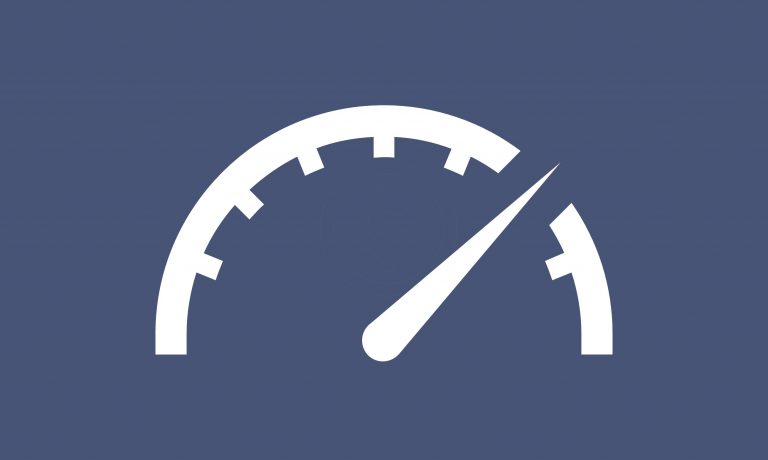Article written by Frederico Zornig and published in the Journal of the Professional Pricing Society (PPS).
One of the biggest concerns of the commercial area is how to negotiate under price pressure. Identifying a situation like this is very simple. Just pay attention to customer/buyer feedback. Phrases like: “your price is too high”; “you know we are living in a very competitive moment”; “your company will have to show greater flexibility to continue doing business with us” are clear signs that your prices are being pressured.
Meeting the demands of our customers on these occasions may seem like the right decision to make, however experience has shown us that price concessions not only affect the profitability of sales over a long period of time, but also decrease the perception of value of your product or service to the customer. Furthermore, it is the kind of conduct that can force your main competitors or the entire market into a vicious cycle of cascading price reductions.
Therefore, as most of the time, simply giving in to the negotiation to meet the customer’s price demand is a sub-optimal decision, the most structured companies are able to proactively define their pricing strategies and implement commercial policies with the necessary incentives to create a win-win relationship with customers.
However, if your company does not have a clear pricing strategy or in the absence of a commercial policy with pre-defined incentives or discounts that can be negotiated by channel or segment, we will have, as those responsible for negotiating with the customer, prepare ourselves to face buyers who normally have a lot of information about our competitors that we don’t and the power to decide from who they will buy from after all.
So, the next time you face demands from your customers for a price reduction in a situation where you may not have company clear guidelines in terms of concessions or negotiation rules, consider whether one or more of the strategies presented below could help your company avoid a price war and loss of profitability.
1. Understand your customer’s real needs
All should start by understanding your customer’s real needs. By real needs we are talking about other benefits other than lower price. Hence, when faced with requests for price reductions, ask for more information about the causes that led the company to request the price reduction. Is it a better offer from the competition or a reduction in budget for that purchase? Are we talking about the same products? Other commercial conditions are also the same? Understanding the reasons that led your customer to demand a lower price is the beginning of the process to resolve the situation by avoiding price concessions.
2. Position the value of your product or service
If you don’t already have one, I suggest you develop a unique value positioning for your product. As soon as you start talking about price instead of attributes and benefits perceived by your customer, you are already in enemy territory for those who are selling something. Explain the value your product or service generate to your customer or even to your client’s customers. By assimilating the value your product or service generates, your customer will, probably, be less likely to want to negotiate prices.
3. Compare benefits, not prices
When your customer starts comparing prices from your main competitors, ignoring the differentials of each one, it becomes more difficult to sustain the advantages that your company offers. It is a mistake to seek directly the prices offered by the competition at the risk of directing the negotiation only to prices. Companies should be more concerned with strengthening the relationship with their customers by better understanding their needs and trying to adapt solutions to generate benefits to their customers in the best possible way, keeping prices as a secondary issue.
4. Make proposals that allow room for negotiation
When sending price quotes to customers, it is a mistake to believe that the best strategy is to send the lowest possible price to guarantee the sale. We recommend that the first proposal must anchor the price, including not only a very healthy price, but also different service levels options or add-ons. By doing so, your company creates options to eliminate costs in the same proportion as it reduces prices, somehow maintaining business margins. This strategy allows buyers to make their choices within the needs of each. That is, we create a self-segmentation alternative for our customers. Remember that the price is one of the items in the proposal and is part of a whole. It is wrong to want to separate price from a whole. If your customer is requesting a price reduction, ask them to give you something in return, such as a shorter payment period, or a larger quantity of products, for example, to justify the discount.
5. Plan the gives and gets
When providing discount options throughout the negotiation, don’t give away everything at once. Plan concessions gradually. Put difficulties to grant more discounts. Evaluate what you can give that will not cost you much but may be valued by your customer (more time to pay, faster delivery, etc.). Plan what you would like to receive in return from each customer or segment to negotiate your price. When negotiating a price reduction, also ensure that the sale is closed, and the negotiation is over. It is common for buyers to keep asking for more discounts after they receive the first discount, so they don’t close the sale to try to reduce prices even further.
6. Try to discover customers’ purchasing departments internal incentives
Often a request for a price reduction is related to a bonus from a purchasing department, a new buyer wanting to show service to his boss, or a customer’s need to feel empowered by securing the lowest prices on the market. In these situations, finding alternatives to overcome objections is the most recommended. For example, we have already experienced a situation where the purchasing area was paid by how much discount they could get from suppliers’ quotes. In other words, getting a 10% discount on a product priced at US$100.00 was more important to the purchasing department than getting the same product for US$87.00 with a lower discount from another vendor.
7. Define target and walk away prices per product and account
You must be prepared to enter the negotiation knowing exactly what your target prices and walk away prices are for each of your customers and all your products. It is better to start negotiating at a higher price than your target. This gives you more room to negotiate if necessary. On the other hand, when we are already below target prices and reaching walk away prices, we must signal to customers that we are at our limit. There is no reason, after you reach the walk away price, to keep negotiating with your client. Because below that price it is better not to sell. This is possibly a business to lose to your competitor.
8. Use sales tactics
Most commercial manager and directors I know have, at some point, been in the salesperson role. Like good salespeople, everyone develops sales techniques to close deals. One of them is to say that we do not have the authority to reduce prices and that a more detailed study will have to be done by the company. Normally this study should take enough time for your customer to weigh the cost X benefit of waiting for an answer or buying the product soon (we are testing here another possible need: convenience). In addition, with more time, new alternatives can be better prepared. Another sales tactics situation is to always include a deadline on the proposal without guaranteeing the price if the proposal is not accepted. Or yet, at this current economic situation, claiming that you may not be able to guarantee inventory for delivery soon.
In Conclusion
Lately many companies were able to justify higher prices due to logistics backlogs, raw material increases, inflation, and other reasons. However, it is now expected that the tide will change, and price pressure will return strongly, especially if a recession kicks in for the next months. To cope with a volatile market condition the best manner to avoid unnecessary price reductions starts with a good understanding of your customers’ needs, a clear perceived value pricing strategy, and proper planning with a structured discount policy. This can ensure that your company gets through your customers’ price reduction requirements in a more profitable way. Ensuring your margins as well as your sales volumes.


